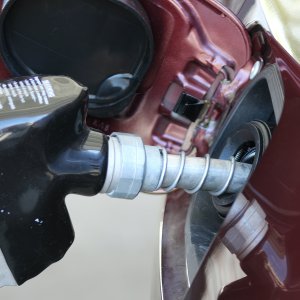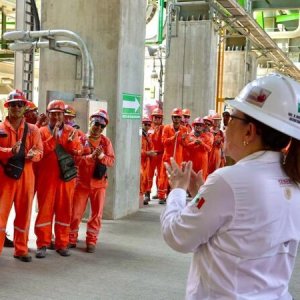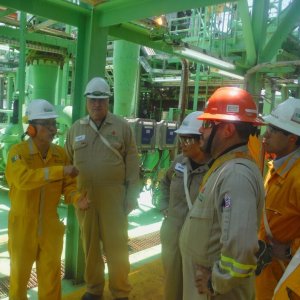Multimodal Integration of the Port of Tuxpan

STORY INLINE POST
Q: What competitive advantages and infrastructure highlights differentiate the Port of Tuxpan?
A: Tuxpan is the closest oil and gas and commercial port to the central region of the country, with a distance of 281km separating it from Mexico City, thanks to the Mexico-Tuxpan highway, which includes six tunnels, 10 bridges and an investment surpassing MX$9 billion. Tuxpan is undergoing work to become a strategic port for logistics connectivity. The Arco Norte highway extension, inaugurated in January 2018, now encompasses the Bajio region, Mexico City, Puebla, Tlaxcala, Hidalgo and the State of Mexico, effectively linking Tuxpan with the most significant industrial corridor in the country. This extension also created a hinterland with the states of San Luis Potosi, Aguascalientes, Guanajuato and Queretaro.
Q: What are your expectations for the five projects that will be deployed in the port during 2020?
A: These five projects are directed at the oil and gas industry. Representing an investment of MX$16.3 billion. They are meant to increase the port’s installed storage capacity to more than 7.8 million barrels of fuel. MX$1.75 billion of this investment will be allotted to the port precinct and MX$14.6 billion to the storage areas near the precinct. Propelled by the Energy Reform and looking toward 2018-2020, Tuxpan is implementing measures and strategies to enable the transformation of its storage terminals and to integrate specialized facilities that have the capacity and efficiency to cater to the national demand for hydrocarbons.
Q: How is the port coping with the increasing number of operators in the region?
A: To meet the needs of cargo handling to the benefit of operators, shippers, consignees and carriers, Tuxpan port implemented a development plan for the 2012-2017 period. Infrastructure to facilitate commercial trading
was the first order of business. The beltway to connect Tuxpan with the Mexico-Tuxpan highway, a 9.4km roadway that includes three bridges and two circulation lanes, decreased transportation times from 30 to eight minutes. Around 4,500 vehicles benefit daily from this beltway to reach their destination faster. The infrastructure includes a 300m-long, 21m-wide distributor road. We also deepened the navigation channel by 15m thanks to a PPP financing model, enabling vessels of up to 9,000 TEUs and tankers of up to 80,000 tons to navigate seamlessly and unload larger cargo volumes. This work had a direct impact on decreasing maritime freight costs. TEC I, Tuxpan’s container, automobile and general cargo-specialized terminal, was also built. It incorporates cutting-edge technology and can ship 700,000 TEUs and 100,000 vehicles per year. The TEC I terminal is so efficient it can unload an entire container vessel in two days, greatly benefiting large automotive clusters and generating 2,000 direct and indirect jobs.
Q: How has API Tuxpan prepared to service new downstream players?
A: The port includes navigation channels on par with the best in the world, providing an efficient and productive option for quality cargo-loading operations, both entering and exiting the Gulf of Mexico. The inherent benefits of the Energy Reform are apparent with the multiplication of investments from industry players that want to ship hydrocarbons cargo. The port is looking to increase the participation of the private sector and align public and private interests to ensure durable infrastructure through innovative PPP schemes.
Q: How will API cater to offshore operators?
A: Tuxpan has the capacity to cater to the development of deepwater activities with equipment, personnel and logistics support, as the E&P zone is located at a reasonable distance from the port. The proximity of this E&P zone decreases costs and port freight. The lion’s share of participation is set to concentrate around specific support tasks for deepwater projects, such as construction and maintenance of oil rigs, provided by the three specialized terminals available: CELASA, DEMERESA and Operadora CICSA.
























